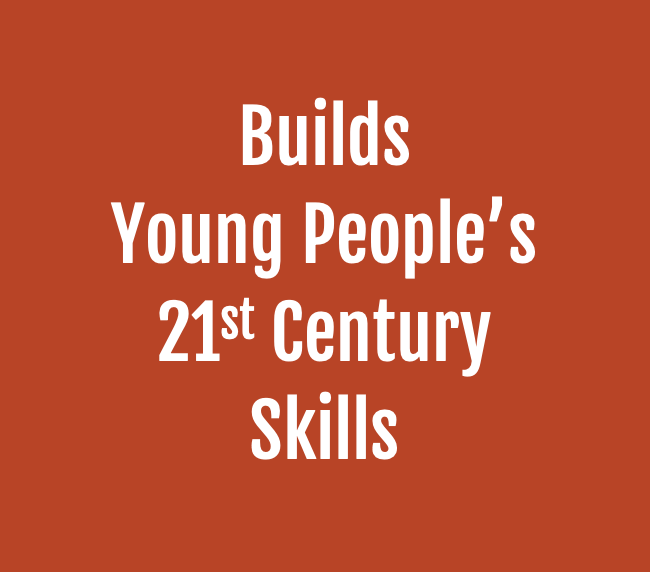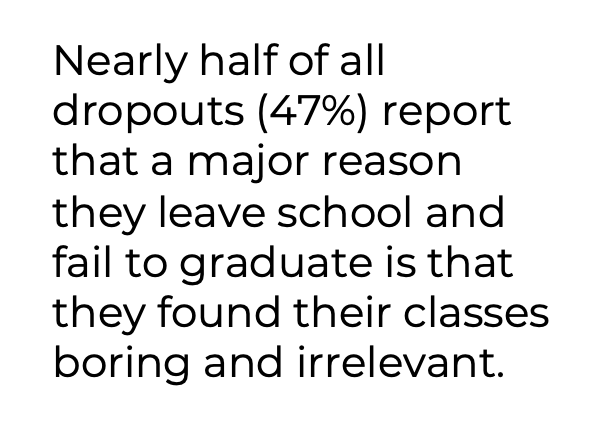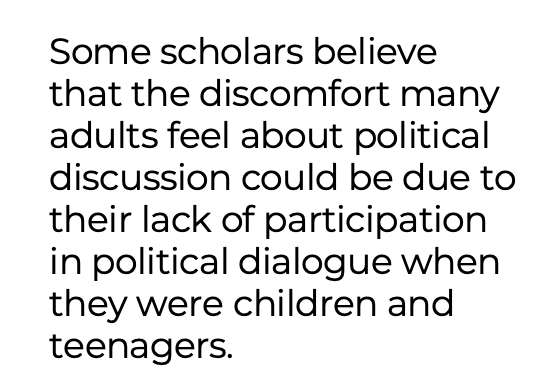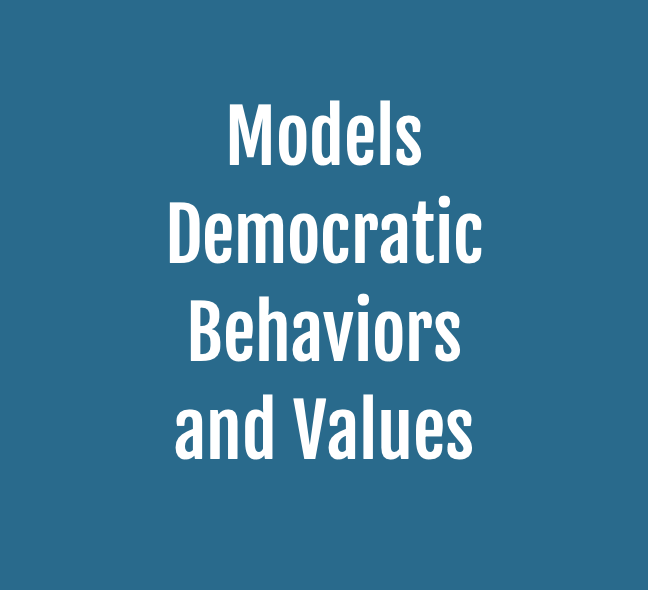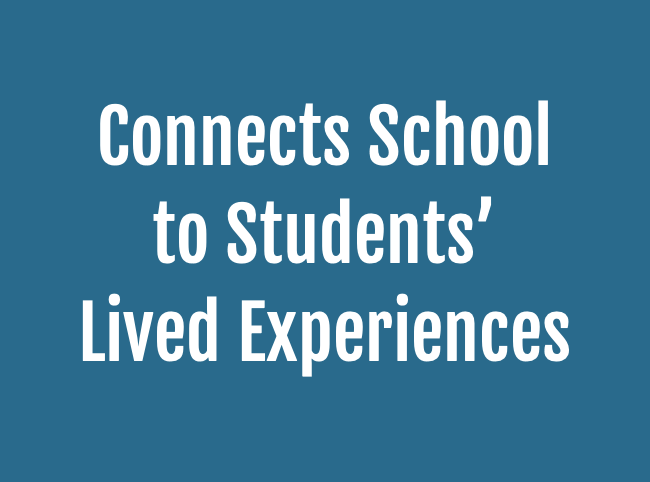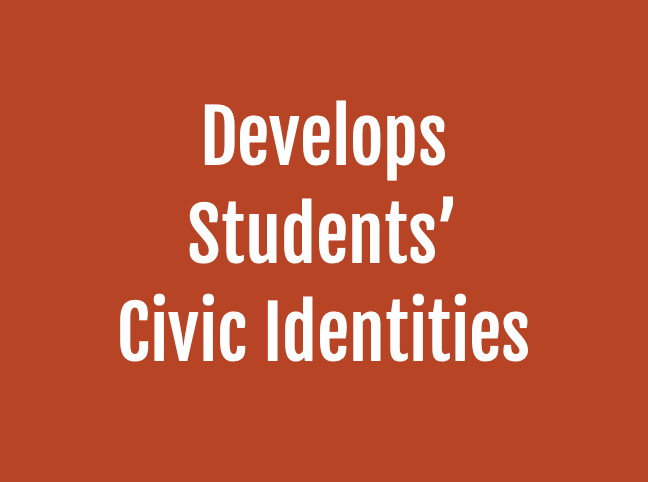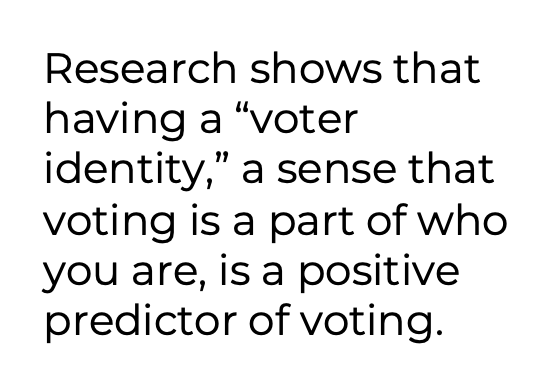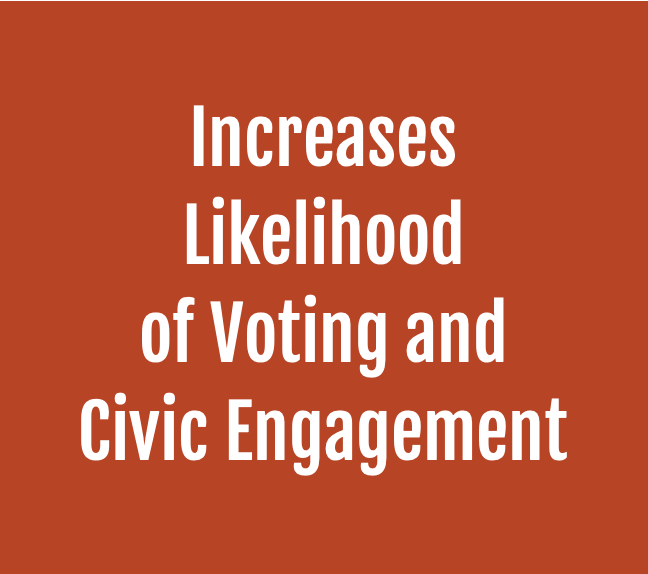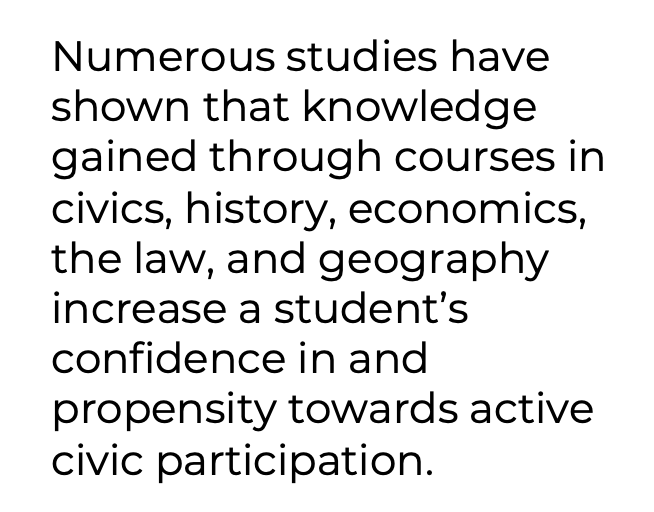THE CHALLENGE
Democracy works best when
every voice is included.
However, young people, and youth of color especially, are perennially underrepresented in civic life.
This is not inevitable.
- Only 50% of young people are taught how to register to vote in high school (Source), and white students and students from higher socioeconomic backgrounds receive more of the promising practices for civics than other students (Source)
- Outreach by campaigns and political parties is proven to impact voter turnout rates, but young people are targets of this outreach at variable rates: older youth (21-24) with a voting record and youth on college campuses are more likely to be contacted multiple times than younger voters and those not enrolled in higher education (Source)
- Over half of young people (52%) report needing to rearrange their school or work schedules to vote, among a host of other structural barriers inhibiting youth voter participation (Source)
THE OPPORTUNITY
From Mobilizing Voters → Growing Voters
A Growing Voters framework recognizes that young people’s ability
and desire to participate in civic life are shaped by many factors
throughout their childhood and adolescence. It calls on many different
people in a community to play a role in Growing Voters. This approach is anchored by the work and potential for impact of K-12 schools.
and desire to participate in civic life are shaped by many factors
throughout their childhood and adolescence. It calls on many different
people in a community to play a role in Growing Voters. This approach is anchored by the work and potential for impact of K-12 schools.
K-12 schools are uniquely positioned in that they reach all young people and that they have a core civic purpose, to prepare youth (regardless of college or career aspirations) to participate in our democracy. Teaching young people about elections and voting is one important facet of a holistic civics education.
THE IMPACT
Teaching about elections and voting benefits
young people in a variety of ways.
ADDITIONAL READING
- Growing Voters: This post from CIRCLE outlines the need for a Growing Voters paradigm and details the core institutions, stakeholders, and strategies of implementing this approach.
- The Republic is (Still) at Risk- and Civics is Part of the Solution: This briefing paper, written by Peter Levine and Kei Kawashima-Ginsberg for the Democracy at a Crossroads National Summit, summarizes the state of civics education, elaborates on a list of six proven practices in civic learning to describe ten effective practices for the field, explains the role of civics in lessening inequality, and names needed next steps.
- Let's Go There: Making a Case for Race, Ethnicity, and a Lived Approach to Civics Education: This paper, by Cathy Cohen, Joseph Kahne, and Jessica Marshall, urges educators and advocates to ensure that attention to race, identity, and the lived experiences of youth are central elements of civic education efforts. It reviews the academic literature underscoring the need for and effectiveness of this approach, offers core principles of Lived Civics, and shares reflections for civics teachers and the broader field.
- Returning to Our Roots: This concept paper from Generation Citizen argues for the importance of democracy education, offers an overview of the existing democracy education field, and describes why further building a field for the discipline is vital, especially in current political times.
- All Together Now: This seminal report of the Commission of Youth Voting and Civics Knowledge reviews current challenges and opportunities for youth civic engagement, clarifies fundamental goals of civics education, and offers recommendations for policymakers, educators, families, and communities looking to strengthen youth civic participation.
